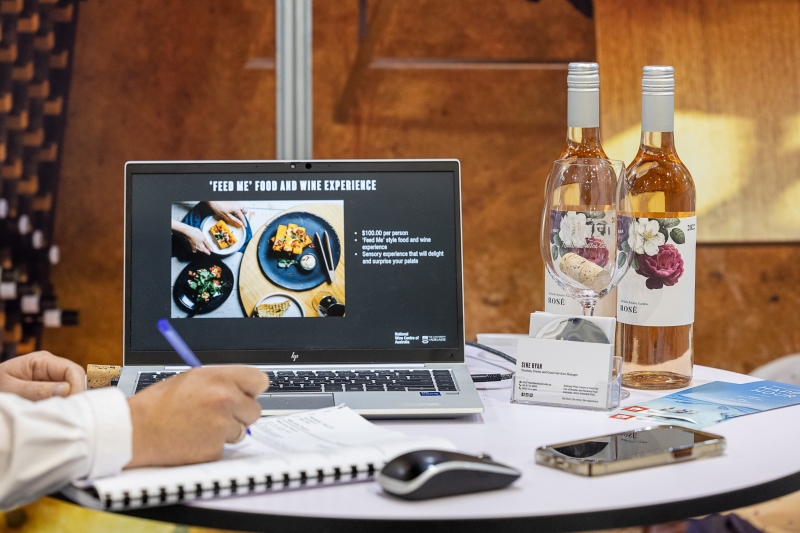Product review and packaging
Trade shows provide the perfect opportunity to launch new products and update buyers on product changes and enhancements. As part of your preparations, review your products, consider what new opportunities present and analyse what...



